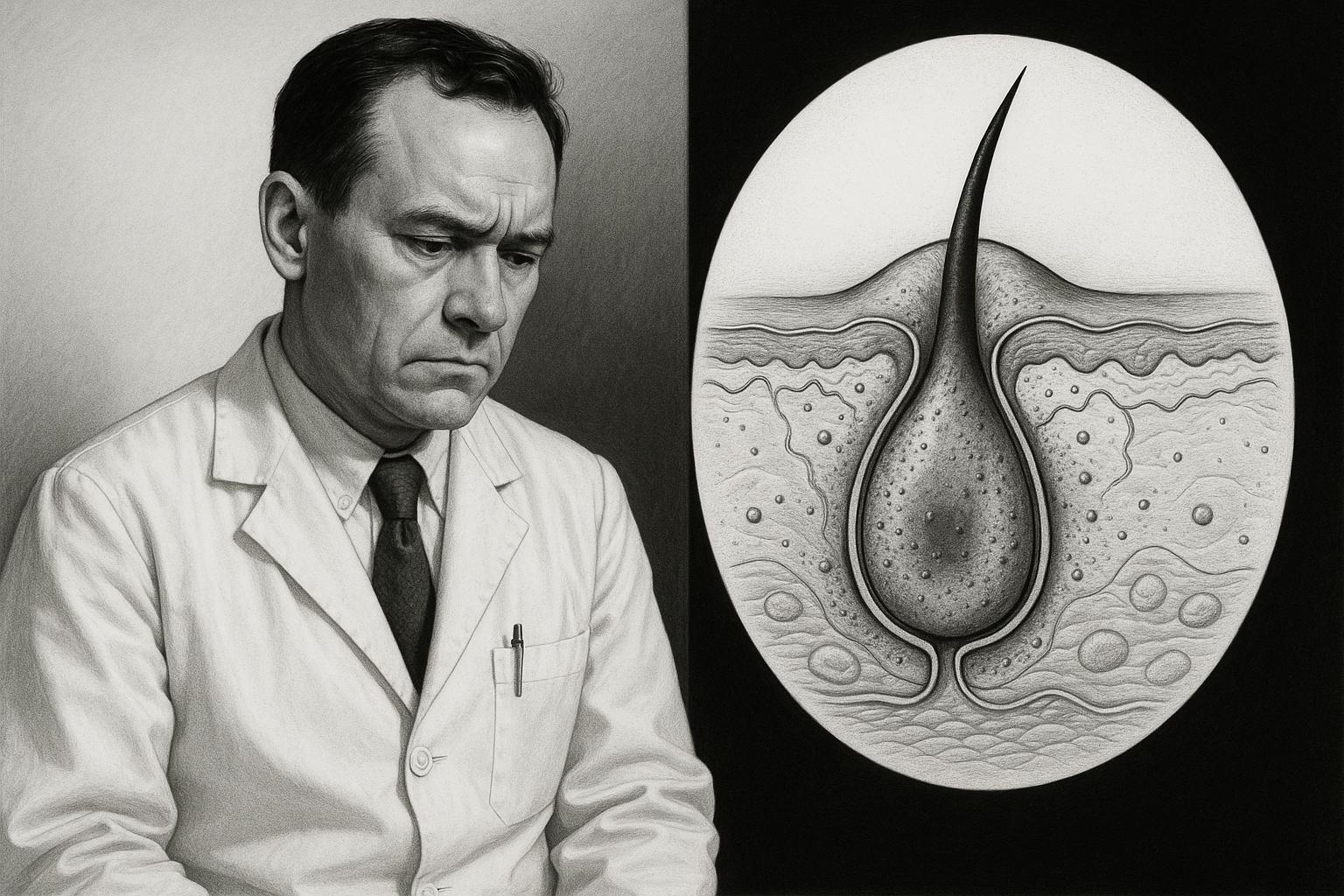Back acne, commonly known as bacne, is a frequent and often uncomfortable condition characterised by red, pimple-like spots that may sometimes be filled with pus. It typically arises when the pores on the back become clogged with excess oil, dead skin cells, sweat, and bacteria, leading to inflammation. While bacne can be a persistent nuisance, it is usually manageable with proper hygiene and treatment. Excessive sweating is a known contributor to the risk of developing bacne, which is why regular showering after sweating and wearing loose, breathable clothing are crucial preventive measures. Additionally, frequently changing bed linens can help reduce the bacterial environment that fosters acne outbreaks.
Over-the-counter treatments targeting acne symptoms are widely available. Ingredients such as salicylic acid work to unclog pores, while benzoyl peroxide serves to reduce inflammation and bacterial presence on the skin. If these topical remedies prove insufficient, medical intervention might be necessary. General practitioners can prescribe stronger options, including retinoid creams that prevent pore blockages and isotretinoin, a potent medication reserved for severe acne cases.
However, it’s important to consider that sudden painful spots on the back might not be bacne but could indicate folliculitis, a different skin condition where hair follicles become inflamed. Folliculitis typically starts with small pimples that can progress into pustules or blisters, often accompanied by soreness and itchiness. This condition can be triggered by bacterial or fungal infections, and certain factors such as poor hygiene, a weakened immune system, pre-existing skin conditions like eczema or acne, tight clothing, or grooming practices like shaving and waxing can exacerbate it.
Folliculitis generally resolves on its own within a few days if mild, but more severe or persistent infections require treatment. Washing the affected area regularly is crucial, and antiseptic body washes such as those containing chlorhexidine are often recommended to reduce bacterial load. For more significant infections, medical professionals may prescribe antibiotic or antifungal washes to combat the infection effectively. As with bacne, wearing loose and breathable clothing and avoiding heavy skin products can help improve symptoms and prevent recurrence.
The distinction between bacne and folliculitis is pivotal because their treatments differ—bacne responds well to acne-specific skincare routines, while folliculitis requires targeted antimicrobial therapies. The Mayo Clinic and American Academy of Dermatology emphasize that persistent or severe skin issues warrant professional evaluation to ensure correct diagnosis and appropriate treatment.
For those experiencing painful or worsening spots on their back, it is advisable to consult a healthcare provider to rule out folliculitis or other conditions needing specialist care. Addressing the causes and following tailored treatment plans can significantly reduce discomfort and the risk of complications.
📌 Reference Map:
- Paragraph 1 – [1], [2], [5]
- Paragraph 2 – [1], [2], [5]
- Paragraph 3 – [1], [3], [4], [6]
- Paragraph 4 – [1], [3], [6], [7]
- Paragraph 5 – [1], [3], [6]
Source: Noah Wire Services
